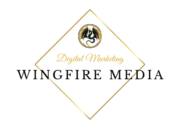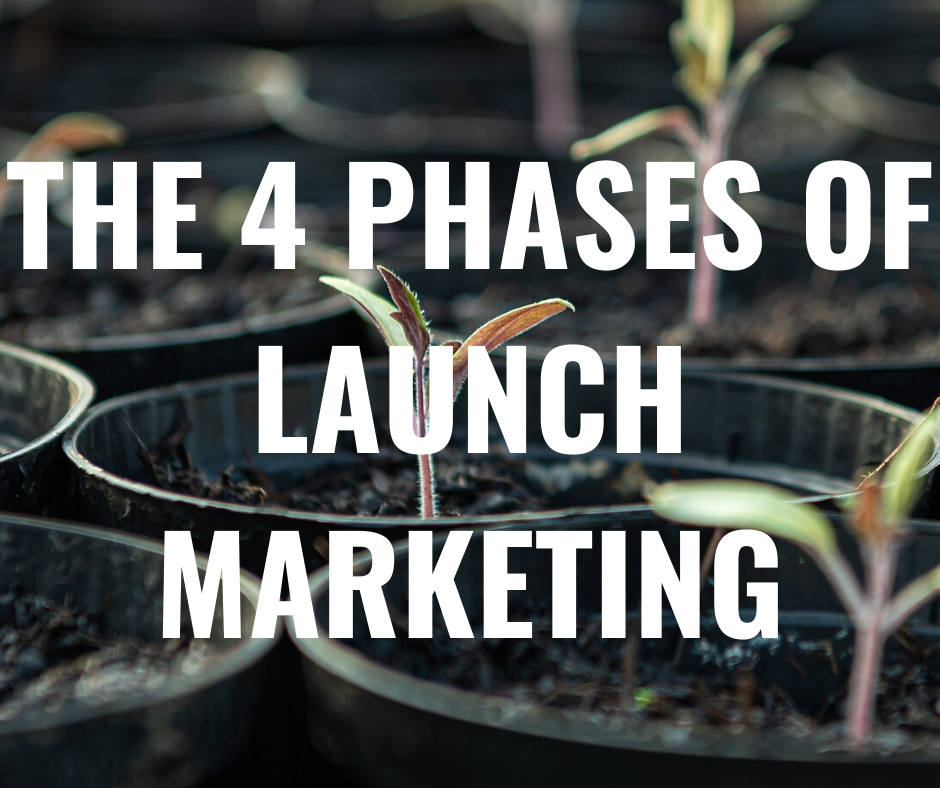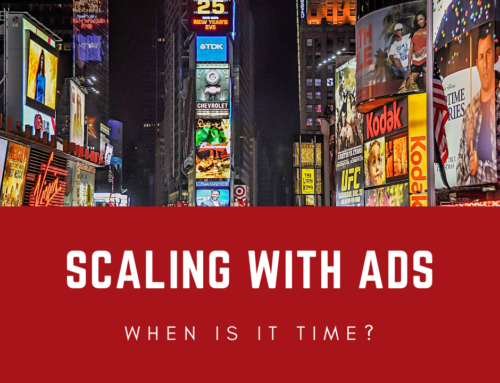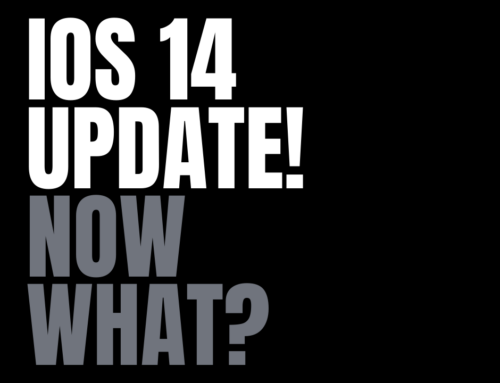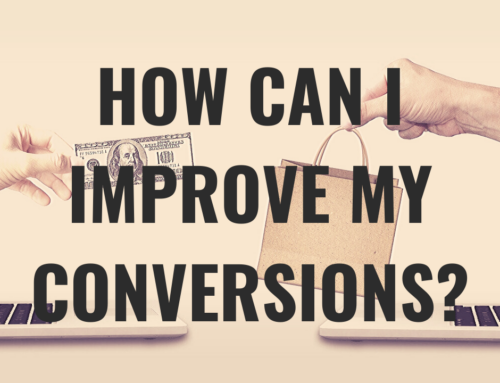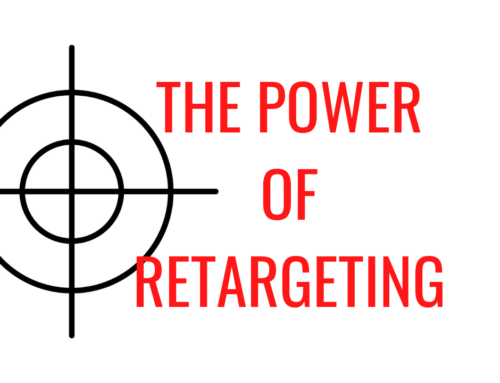A launch campaign is a powerful tool that can lift your business from obscurity to profitability as a market leader. But when we talk about a “launch,” what are we talking about? We actually may be referring to any of four phases of growth for your business.
Phase 1: The Beta Launch
In this phase, you are testing your offer to see how the market will respond to it.
We usually do this by utilizing the business’s existing email list or social media following. This means that we don’t have to invest lots of money into paid outreach for an offer that we aren’t even sure the market will respond to.
This step is essential. Whenever we see a business that is struggling to turn a profit on paid outreach, it is usually because they skipped this essential step.
The benefit of a beta launch is that it allows you to do the following:
- Test the market’s response to your offer.
- Engage with your followers to find ways to improve your offer.
- Get some initial sales with minimal investment.
It may be tempting to skip over your beta launch, but that is not advisable.
Phase 2: The Main Launch
In your main launch, this is where you really make the magic happen. This is when you take your offer, ramp up your marketing, and really put it out there to get into the market.
Your main launch campaign will take the lessons learned during the beta launch and use them to quickly multiply sales. You will do this by both doing outreach to your organic contacts through email and social media and by creating ad campaigns on platforms like Facebook and Google.
Our launches typically involve a preframing tool that forms the top level of the funnel. This can be a free workshop, webinar, video series, challenge, ebook, etc. We run ads to this initially, but then we follow up with the connections made to sell the core offer.
Depending on the results, it may be necessary to repeat your main launch a few times to get it right.
Phase 3: The Evergreen Funnel
Once you have carried out a successful main launch, you have the basis you need to build an evergreen funnel. The purpose of an evergreen funnel is to allow you to sell your offer over a prolonged period without the high level of involvement that is necessary in your initial main launch.
A launch campaign can be very taxing: it requires you to remain involved and connected throughout the process – responding to comments, updating, and executing the campaign within the tightly established time frame. Most entrepreneurs don’t want to keep doing this over a prolonged period, though they do want to keep selling their offer.
That is where your evergreen funnel comes in. After one or more successful launch campaigns, you can take your launch campaign framework and convert it into an evergreen funnel, which runs largely on an automated basis from then on. However, this is only possible if you know your numbers: conversion rates, costs, drop-off rates, show-up rates, etc. Once you know your numbers, you can accurately estimate what you can spend on paid outreach to bring people to your funnel, and you can keep doing that.
Phase 4: Scaling
Ah, yes…this is the part everyone loves!
This is the part where you take this fully automated machine you have built and you scale it up to fill your market space. You do that by continuing to research potential ad channels and testing audiences to see where growth can occur.
This point is where you really make money as an entrepreneur. While you certainly can turn a profit even from Phase 1, the time you spend as well as the money you put into ads may result in you not making what you would like to make. Once you have Phase 3 under your belt, though, that’s when you can really begin to scale and leverage the tools that are available to you.
After a successful beta launch, a successful main launch, and a successfully built evergreen funnel, that is when you can enjoy the fruits of your labors through scaling processes.
